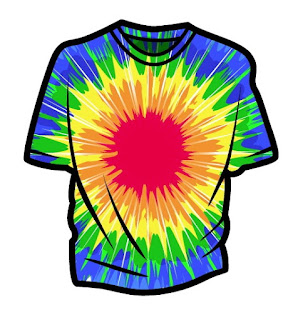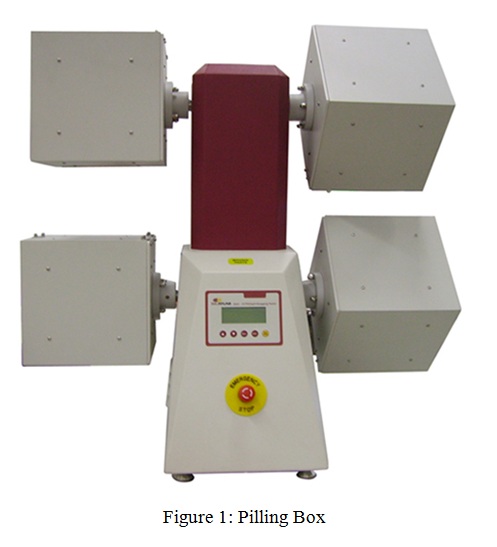Textile Colouration
Textile Coloration Techniques and Methods
How can I apply dyes into the fabric?
Before describe textile colouration I wish to describe how colour is appeared. When white light fallen into object, it absorb certain amount of wave length of white light and another remaining are reflected. That reflected wave length is generate sensation to human eye is know as colour of the object. To change this reflection wave length and frequency of textiles, colouration process is done and colouration can be applied into finished garments and textile fabrics, or yarns. When we are talking about colourant, there are two types of colourants are met.
Dyes
Dyes are types of colourant which are mostly water soluble and substrate with fiber inside. Fabrics are mostly colour with dyes.
Pigments
Pigments are not water soluble and does not substrate into fiber inside hence, mostly used for fabric printing such as screen printing, etc. If we want to apply pigments with fiber or fabric we have to dissolve them in water or another medium.
When we are depth discussing about dyes, more dye types are need to be considered. These dyes have different colour fastness properties and characteristics.
Direct dyes
Direct dyes are water soluble and can be directly applied into textile material in water bath. To keep good dye concentration it is essential to keep better liquor ratio. And when dyeing different mordants are essential to apply to keep good colour fastness properties of dyed textiles.
Acid dyes
Acid dyes can be applied by changing different pH level of dye solution in water bath. Some dyes change their colours presence different pH range hence, if we use acid based indicators for fabric colouration it is an advantage to get more fashionable garment colour.
Vat dyes
Vat dyes are water insoluble and, before applying this dye it is essential to convert these molecule into soluble form. To get solubility of each molecules we can apply Na2S2O4 and NaOH solutions. After we can start fabric dyeing using increasing temperature. After we must re-convert dye molecule into insoluble form to block each dye molecule in amorphous region of fiber. To achieve this we can apply oxygen gas into dye bath. After completion of this process we can wash the fabric and dry well.
Azoic dyes
Azoic dye has two complexes are known as coupling component and diazo component. By reaction and mix of those compounds, the colour is generated. Therefore using azoic dyes we can obtain different colour shades and different colour range.
Reactive dyes
Reactive dyes has good light fastness, wash fastness, and rubbing fastness properties. When dye molecules meet fiber, it is start to react with fiber and in after change chemical composition of fiber and add new group into fiber and change colour.
Sulfur dyes
Sulfur dyes are not applied into fashionable garment because using sulphur dyes we can get only khaki colours. These dye types widely applied for uniforms just like police uniforms, etc
Disperse dye
Disperse dye can be applied to dye polyester fibers. Because using above all dyes it is very difficult to dye polyester hence, disperse dyes can be applied into polyester because there are smallest dye molecules can be go through fibers. There are two methods can be used to dye polyester and they are, by increasing temperature and by using carriers polyester fiber can be swelled.
However when applying dyes with textile fabrics or garments, it is essential to control liquor ratio and it means ratio of textile material to dye bath, mordants, pH level, temperature, etc.





Comments
Post a Comment